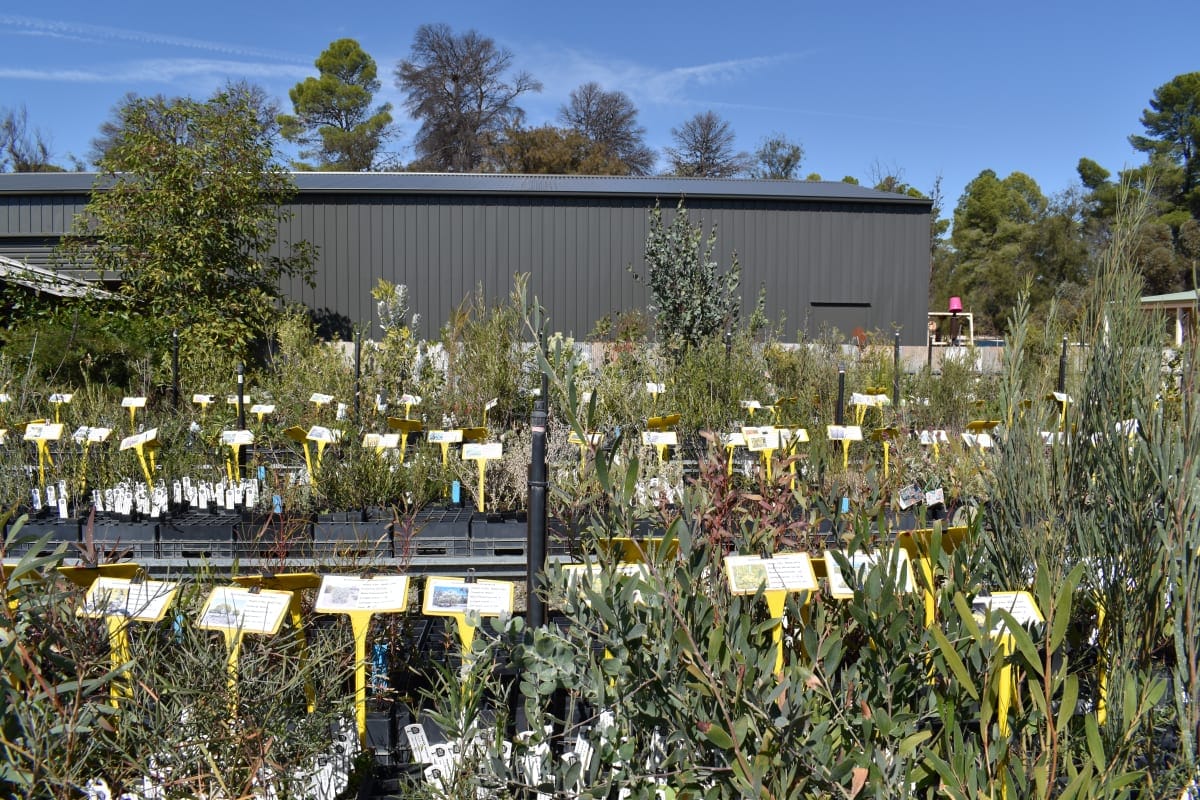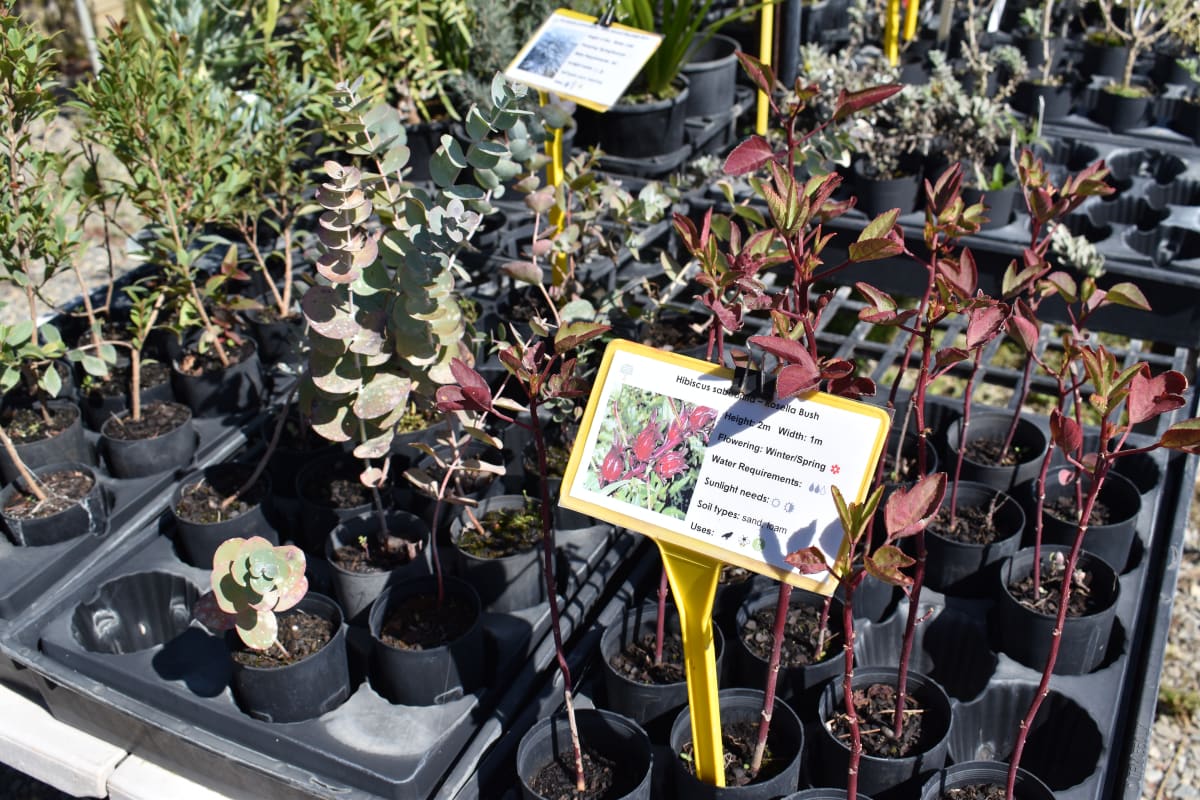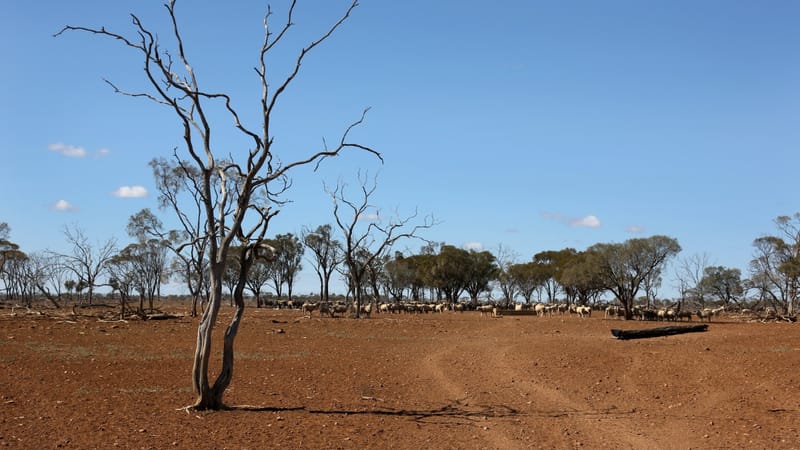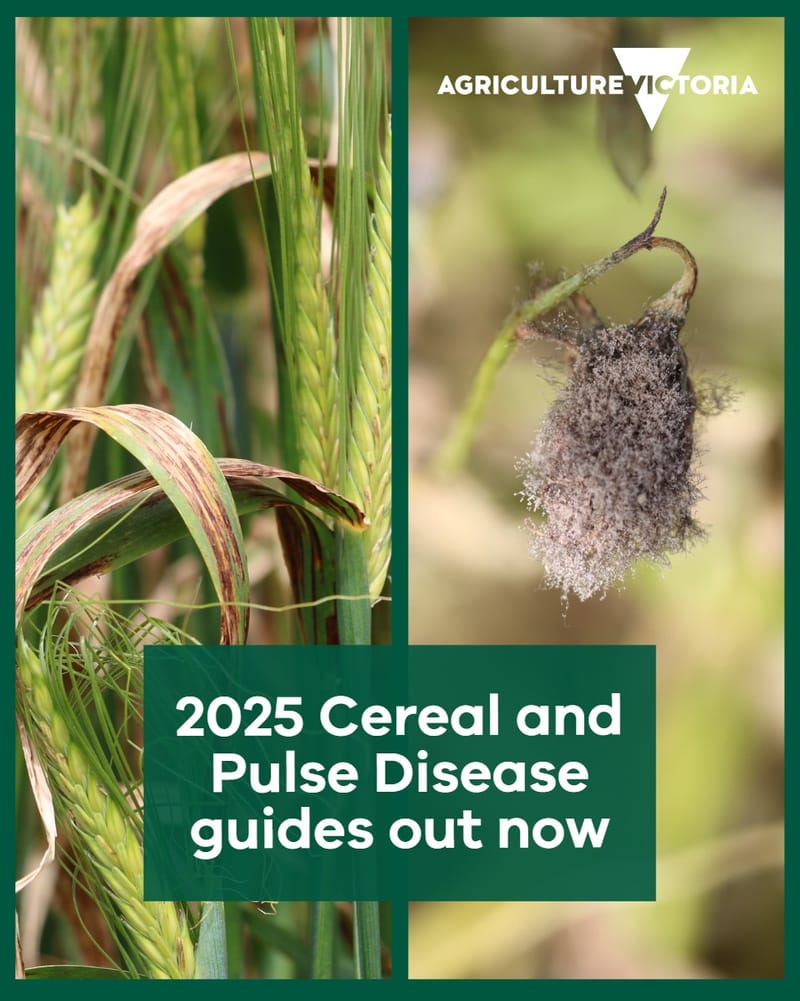Planty of love for native species in Loxton
THE last couple of years have seen locals’ love of native plants grow to new heights, with Riverland Native Plants flourishing with the new-found demand. The Loxton North-based nursery, owned by Tim Field and his wife, has been in operation since...

THE last couple of years have seen locals’ love of native plants grow to new heights, with Riverland Native Plants flourishing with the new-found demand.
The Loxton North-based nursery, owned by Tim Field and his wife, has been in operation since 2018 and specialises in growing over 300 varieties of plants and, as the name suggests, mainly are native species.
“My background is as an ecologist in the public sector, so I had learnt a lot and worked with a lot of threatened species which includes propagating and collecting materials, so I developed quite an interest,” Tim said.
“I was just growing and collecting plants for our own place and we just kept growing. In 2018, the Berri Nursery came up for sale and we started to think we could buy that business and that might be an option for us, but we just didn’t quite have the flexibility to do it.
“We sort of kept ticking along here, and pretty much since that shop shut and Covid-19 happened things blew up, so we kept expanding to meet demand.
“I would say it’s fairly organic. We only expected to be doing small batches to grow-to-order and now we are doing anywhere between 50,000-70,000 plants a year at the moment, and by the time we finish setting everything up we should have around 100,000-110,000 capacity if we need it.”
Tim expects Riverland Native Plants to be fully set up within the next two years, with wholesalers in Adelaide pretty keen to get their hands on some of Tim’s plants, as the nursery grows a lot of species that are otherwise unavailable to wholesalers in the city.

Tim has also spent a lot of time in the Riverland landscape, so he knows the native species like the back of his hand, finding a lot of plants that you rarely find in nurseries, with the aim to grow the natives to then sell to wholesalers and the public.
He often spends two to three days a week across the Riverland, Mallee, Mid Murray and even the Mid North collecting seeds to take back to his property to prepare to sell, grow or use for other projects.
The nursery sells over 300 varieties of plants, including callitris, redgums, riverbox, saltbush, wattles and local Mallee species, all of which are extremely popular, especially with people on acreage wanting a bit of a windbreak.
“I quite like callitris (native pine trees), mainly because they are slow growing, but they are very long living and there are not many young ones in the landscape,” Tim said.
If you can give people the opportunity to plant things which they wouldn’t otherwise have, it’s really nice to see.
“You drive around and go, ‘Oh there are some of our callitris growing back in the landscape’.”
Tim said working in the Riverland landscape for a long period of time has fuelled his love for native plants, as he has a greater understanding of the landscape and how certain natives work with others, including what suits local soils.
“A lot of things that aren’t from Australia or are brought in, there’s no reason why you can’t grow them but you have got to do a lot more for them to thrive in some gardens especially up here where it is so hot,” he said.
“We have to accommodate that and we have to accommodate frost in winter. Our soils are very sandy so you might have to add a lot of materials to it.
“Whereas if they are natives and they are from the Riverland, or even central Australia, everything we grow here has to cop 40-degree heat, it has to go through sub-zero temperatures because we don’t have frost protection, so pretty much if it’s not hearty enough, then we don’t grow it.”

However, the nursery is starting to get requests for non-native plants, with a number of plants asked for on a regular basis.
Tim said non-natives such as leucadendrons and proteas grow well in the Riverland, and are quite popular.
“That’s probably the thing that has surprised us a lot, how much interest there has been,” he said.
“When we first started to convert more to the retail side of things, it was very busy at the start with people checking out a lot of new things and you’re not sure if that will be persistent or if it will tail off, but I think it’s been ongoing.
There is quite a demand for the natives.”
Tim said the process for growing each native is different. Sometimes he may collect the seed from a native pine in November but it may go unsold until the following April. From then it potentially might be another 12 months before the plant gets to a point where it’s close to being ready.
“Some things you can turn around in a short period of time. River redgums are fairly fast growing, depending on when you grow them, and native pines probably take the longest, anything that is really long-lived is slow growing,” he said.
“That’s the risk you are taking when you’re growing something that you might be sitting on for a few years, as it’s taking up space instead of something else that could be turning over quicker.
“Whilst we are a business, it’s also a bit of an enjoyment and if you can give people that opportunity, it’s kind of nice.”





